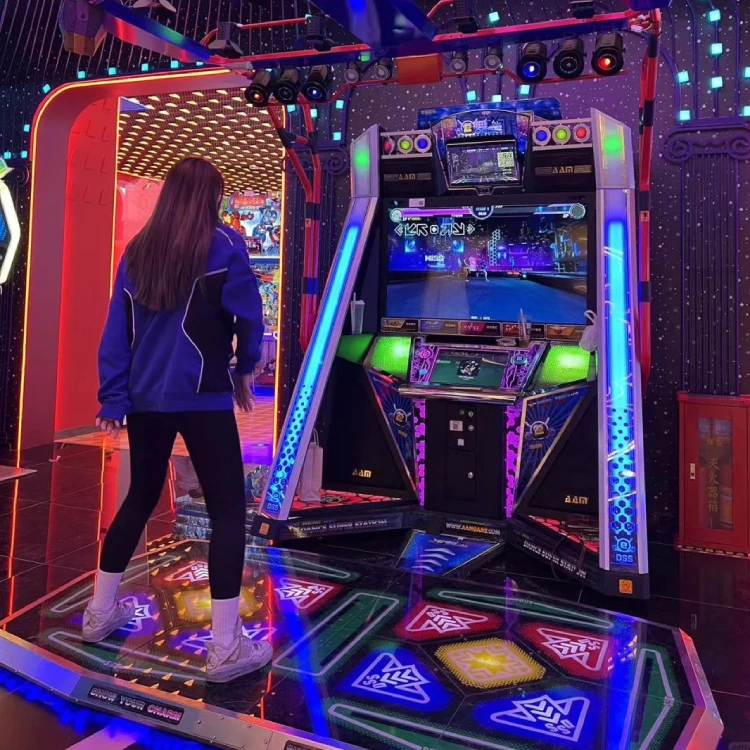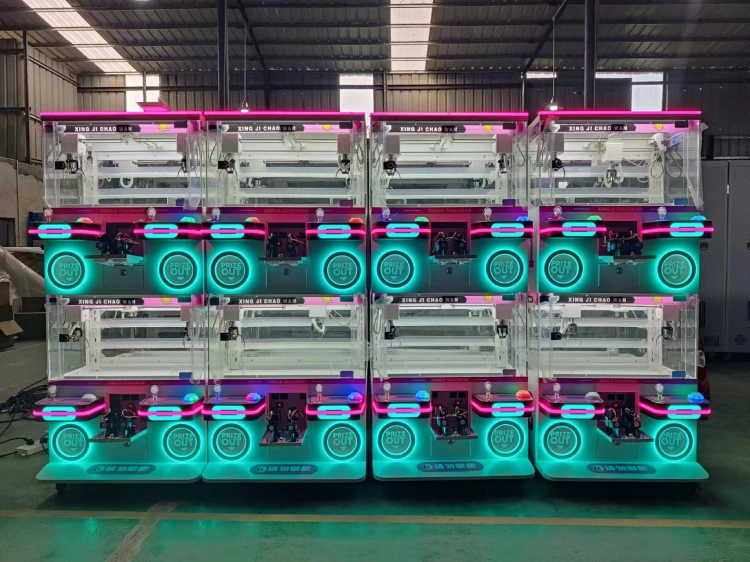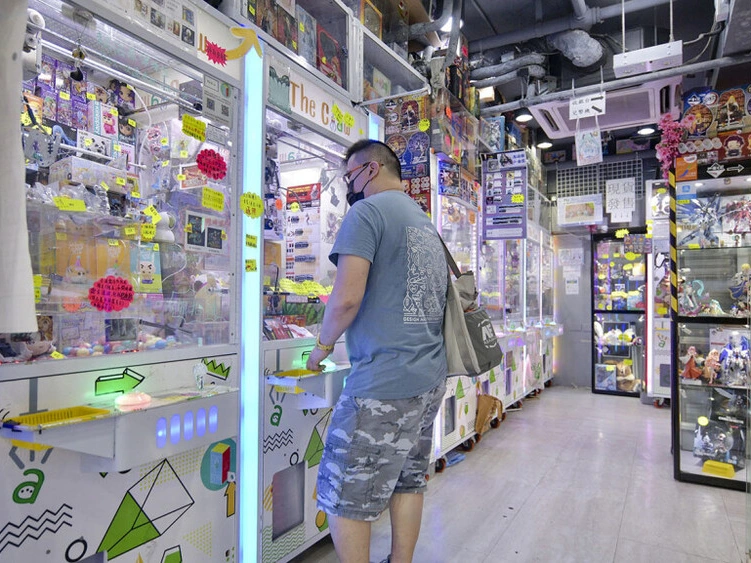Índice
AlternarIntroduction
In the vibrant world of parques de diversões and arcades city, claw machines stand out as beloved attractions. However, many operators wonder about the longevity of these popular games. Understanding the lifespan of a commercial claw machine is crucial for both prospective buyers and current operators. This guide will delve into the factors that influence the lifespan of claw machines, maintenance tips to extend their usability, and what to expect as your machine ages.
Understanding the Lifespan of Claw Machines
The lifespan of a claw machine, based on incomplete data, typically ranges from three to five years. Notably, máquinas de garra located in Taiwan, China, and the United States are recognized for their superior quality. Several elements contribute to the longevity of these machines, primarily linked to the quality of their components. Key parts such as the outer casing, joystick, buttons, and the bridge crane play a significant role in determining durability. Additionally, external factors such as environmental humidity, voltage stability, and the proficiency of maintenance performed by technicians also significantly influence the operational lifespan of claw machines.
Average lifespan and factors affecting it
The editor posits that several critical factors significantly influence the longevity of claw machines, specifically the proficiency of maintenance technicians, ambient air humidity, and the stability of voltage supply.
Among these, the expertise of technicians plays a pivotal role in determining the operational lifespan of the claw machine; improper disassembly and inadequate calibration can lead to premature failure.
Furthermore, air humidity emerges as a crucial element impacting the durability of the electronic components within the claw machine. Prolonged operation in environments such as supermarkets can substantially diminish the lifespan of these components. To mitigate this issue, it is advisable to install an air dryer in the vicinity to maintain consistent humidity levels.
Lastly, voltage stability is essential, as it refers to the voltage specifications set by the manufacturer for the claw machine. It is imperative for the operator to ensure compliance with their country’s voltage standards to prevent prolonged exposure to high-voltage conditions, which could result in the overheating and subsequent failure of the machine’s electronic components.
Comparison with other arcade machines
Various arcade manufacturers employ a range of materials in the construction of their máquinas de garra. Typically, to manage expenses effectively, they tend to utilize a significant amount of wood combined with a limited quantity of iron sheets for the external casing of the machines. This choice of materials can lead to a considerable decrease in the machine’s longevity, particularly in humid conditions. To enhance the durability of claw machines, it is generally recommended that they operate in environments that meet specific criteria, with dry air being a fundamental requirement.
Key Factors Influencing Lifespan
Build quality and materials used
The initial build quality and the materials used in a claw machine are paramount in determining its longevity. High-quality machines constructed from durable materials—such as reinforced steel frames, shatter-resistant glass, and reliable electronic components—are designed to withstand the rigors of frequent use. Investing in well-built machines not only ensures greater durability but also enhances customer experience with smoother operation.
Usage frequency and environment
The frequency of use and the environment in which a claw machine operates greatly affect its lifespan. Machines placed in high-traffic areas may experience more wear and tear, while those in quieter locations might last longer. Additionally, environmental factors such as humidity, temperature fluctuations, and exposure to dust can impact the internal components. Choosing the right location and monitoring usage can help mitigate these effects.
Regular Maintenance Practices
Regular maintenance is vital for extending the lifespan of your claw machine. Establishing a routine that includes cleaning, inspections, and timely repairs can prevent minor issues from escalating into major problems. Implementing preventive maintenance strategies will not only prolong the machine’s life but also ensure optimal performance.
Maintenance Tips for Longevity
Cleaning and Care Routines
Maintaining a consistent cleaning routine is essential for the longevity of your claw machine. Dust and debris can accumulate inside and outside, affecting performance and aesthetics. Regularly clean the exterior surfaces, the claw mechanism, and the prize area to prevent malfunctions. Using appropriate cleaning products that are safe for electronic devices will ensure you don’t damage the machine while keeping it spotless.
Parts Inspection and Replacement
Conducting regular inspections of the machine’s components is crucial. Check the claw, motors, and electronic parts for signs of wear and tear. If any components show signs of deterioration, replace them promptly to avoid further damage. Keeping a stock of essential spare parts on hand can facilitate quick repairs and minimize downtime.
Software Updates and Troubleshooting
Just like any other electronic device, claw machines require software updates to operate effectively. Ensure that you are running the latest version of the machine’s software to benefit from improved performance and security features. Familiarize yourself with common troubleshooting techniques to address minor issues before they escalate, ensuring that your machine remains functional and engaging for customers.
Signs Your Claw Machine Needs Replacement
Decreased Performance and Reliability
One of the most significant indicators that your claw machine may need replacement is a noticeable decrease in performance. If the claw consistently fails to grab prizes or the machine malfunctions frequently, it could be a sign that the internal mechanisms are worn out. Regular performance assessments can help you determine if it’s time to invest in a new unit.
Increasing Maintenance Costs
As machines age, maintenance costs often rise. If you find yourself spending increasingly more on repairs and replacements, it may be more economical to invest in a new machine. Keeping track of maintenance expenses can help you gauge when it’s time to replace rather than continually repair.
Customer Feedback and Engagement
Finally, customer feedback is an invaluable resource. If patrons express dissatisfaction with the claw machine’s performance or the quality of prizes, it could negatively impact your arcade’s reputation. Engaging with customers and addressing their concerns will not only improve their experience but also guide you in making informed decisions about replacement.
Conclusão
Understanding the lifespan of your commercial máquina de garras involves considering various factors, implementing proper maintenance practices, and recognizing signs that indicate the need for replacement. By prioritizing build quality and regular upkeep, you can enhance the longevity of your machine, ensuring it remains a profitable attraction in your arcade for years to come.













